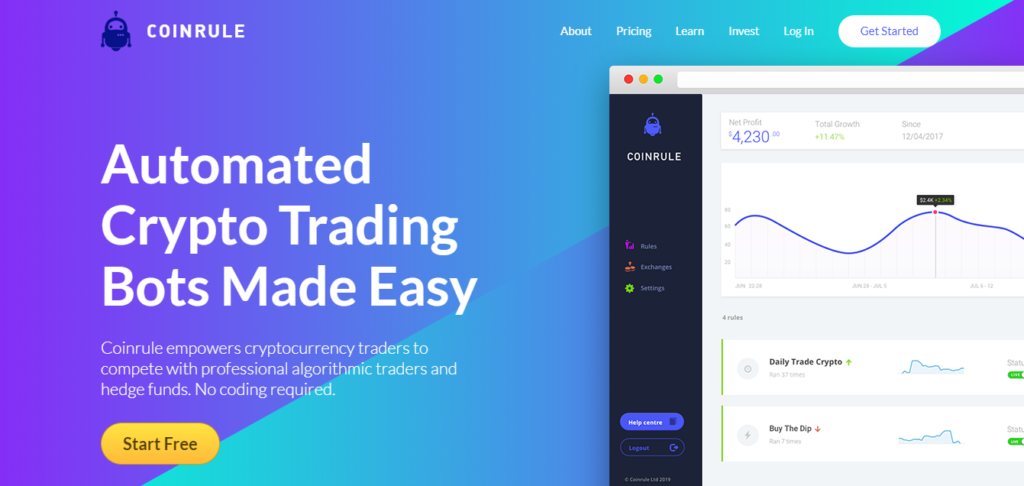Since different timeframes provide various perspectives and different prices, backtesting is necessary to make sure that a trading strategy is reliable. By backtesting a strategy on multiple timeframes, traders get a better understanding of how the strategy performs in different market conditions, and can assess whether the strategy is consistent and reliable across various time horizons. Strategies that work well on a daily basis might not work as well when it is used in a monthly or weekly time frame. Backtesting the strategy on both weekly and daily timeframes allows traders to identify potential issues and make adjustments to address them. Backtesting with multiple timeframes provides an additional advantage: it aids traders identify the most appropriate time horizon for their particular strategy. Different traders might have different preferences regarding trading frequency, so backtesting across multiple timeframes will help traders determine the time horizon that is most suitable for their strategy and their individual trading style.In conclusion, testing back on multiple timeframes is crucial to test the sturdiness of a trading strategy and to identify the most suitable time horizon to implement the strategy. Backtesting across multiple time frames gives traders a greater understanding of the strategy's performance and allows them to make more informed decisions about consistency and reliability. Read the best crypto bot for beginners for site examples including automated crypto trading, backtesting, algorithmic trading platform, trading platform crypto, backtesting trading strategies, best backtesting software, backtesting platform, trading indicators, online trading platform, automated cryptocurrency trading and more.

For Speedy Computation, Why Not Backtest Multiple Timeframes?
Backtesting multiple timeframes does not mean that it is more efficient in terms of computation, since backtesting on just one time frame is able to be done in the same manner. The principal reason behind backtesting using multiple timeframes is the need to verify the robustness of the strategy and make sure that it is consistent in a range of market conditions and time horizons. Backtesting the same strategy over different time frames means that the strategy is tested in different time frames (e.g. daily or weekly, or monthly, etc.)) and then the outcomes are analyzed. This gives traders a comprehensive view of strategy performance as well as helps in identifying any potential weaknesses or inconsistencies. However, it's important to keep in mind that backtesting using different timeframes could increase the complexity and time required for the process of backtesting. Backtesting on multiple timeframes could add complexity and length of time required to compute. Therefore, traders must be aware of the tradeoff between the potential benefits as well as the computational time and additional time. When deciding whether to backtest multiple timeframes, investors should be aware of the tradeoff between possible benefits as well as the time and computational requirements. Take a look at the recommended forex backtesting for more tips including automated trading, backtesting platform, crypto futures, forex backtest software, algorithmic trading, best indicators for crypto trading, backtesting in forex, backtester, algorithmic trading strategies, forex tester and more.

What Are The Backtest Considerations For Strategy Type, Elements And Trades?
It is important to be aware of these important aspects to consider when backtesting a strategy: the strategy type and elements; the volume of trade. These aspects will affect the outcomes of backtesting, and should be considered when evaluating the strategy's effectiveness. Strategy Type- Different trading strategies such as mean-reversion or trend-following have different market assumptions and behaviors. It's important to consider the type of strategy to be backtested , and then select the historical market data set that is appropriate for the type of strategy being tested.
Strategies' elements have an enormous influence on the results of backtesting. They include rules for entry and exit as well as position sizing. It is essential to assess the effectiveness of the strategy, and make any changes to ensure that it remains solid and reliable.
The number of backtesting trades can have an effect on the results. Large numbers of trades can provide a more thorough view of the strategy's performance however, they also add the amount of computation required for the process of backtesting. A lesser number could allow for faster backtesting but not provide a comprehensive overview of the strategy's performance.
When back-testing a trading strategy, it's essential to think about the strategy type, the strategy elements, as well as the amount of trades to get accurate and reliable results. These aspects help traders evaluate the strategy's performance, and make educated decisions about its reliability and strength. Have a look at the most popular crypto backtesting for more info including backtesting strategies, trading psychology, crypto strategies, backtest forex software, crypto backtesting platform, backtesting tool, algorithmic trading platform, trading platform, algo trading platform, algorithmic trading and more.

What Are The Most Critical Factors For Equity Curve Performance , And Trades?
There are many key parameters which traders may use to evaluate the trading strategy's performance by backtesting. This could be the equity curve, performance metrics or the amount of trades. It's an important indicator of a trading strategist's performance, as it provides an insights into the overall trend. This test is a success if the equity curve shows constant growth over a certain period of time with very few drawdowns.
Performance Metrics- Other than the equity curve, traders can take into consideration other performance metrics when looking at the effectiveness of a trading strategy. The most frequently used metrics include the profit factor Sharpe rate, the maximum drawdown, average trade duration and the maximum profits. This test can be met in the event that performance metrics fall within acceptable limits and show consistency and reliability during the backtesting period.
The number of trades- The quantity of trades completed during the process of backtesting can also be an important consideration in evaluating the performance of an approach. This criterion is passed when a strategy has enough trades in the time frame of backtesting. This provides a more detailed view of the strategy's effectiveness. But, it's crucial to be aware that a large number of trades does not always suggest that the strategy is successful, as other factors such as the quality of the trades should also be taken into consideration.
The equity curve along with performance metrics, trades, as well as the amount of trades are all important elements in evaluating a trading strategy's performance through backtesting. This will allow traders to make informed decisions about whether the strategy is solid and reliable. These indicators help traders assess their strategies and adjust their strategies to improve their performance.